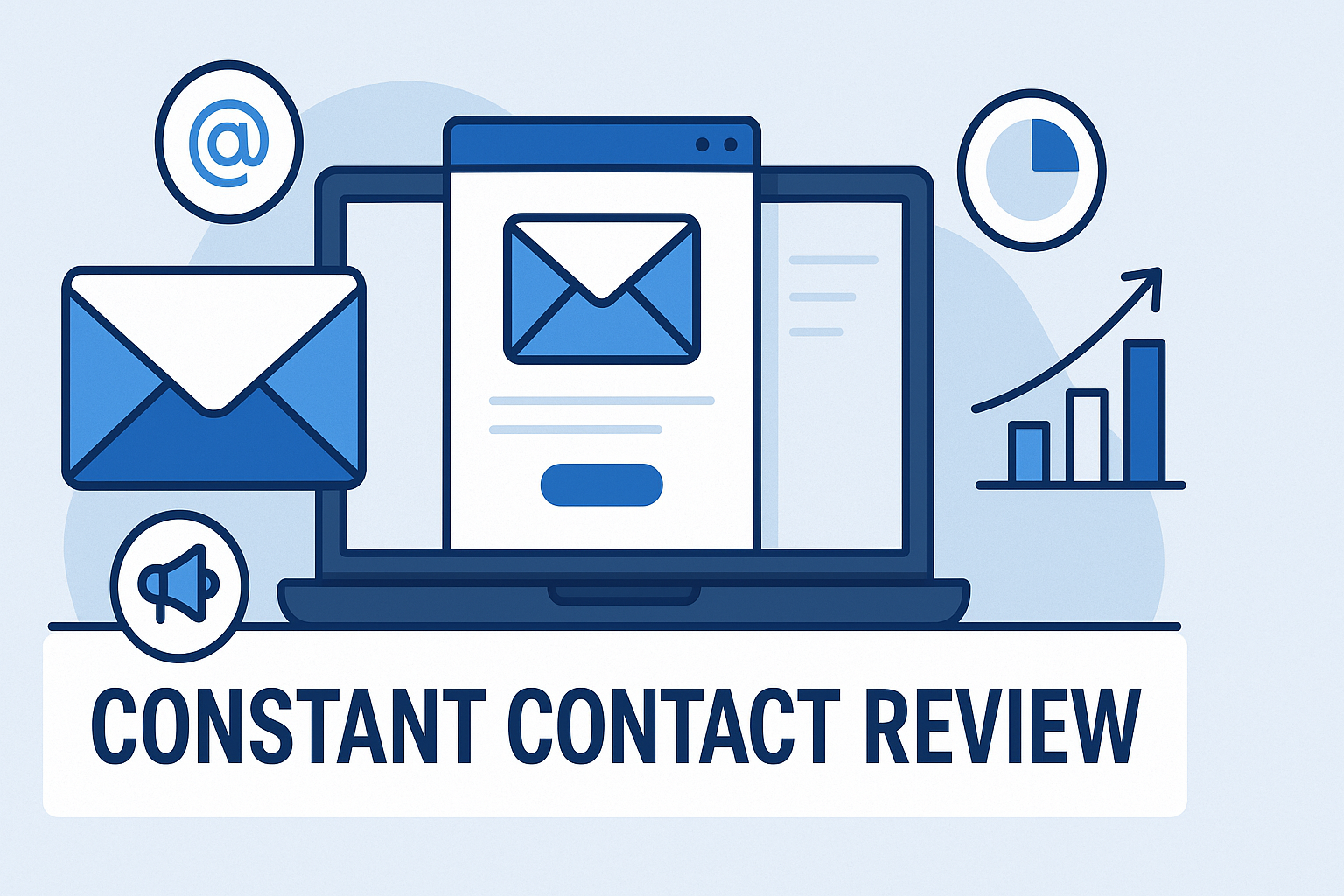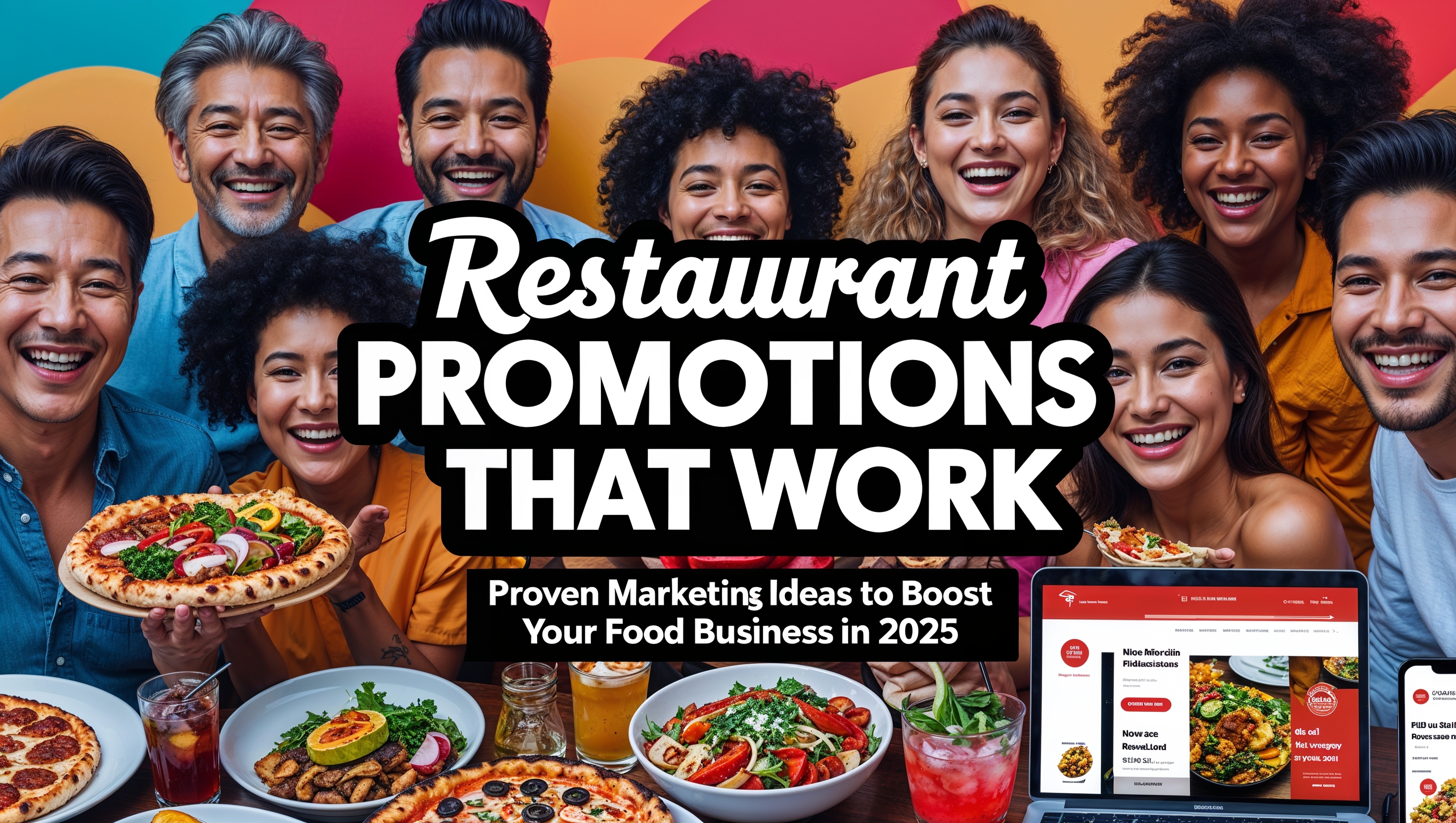The ever evolving food industry provides opportunities for food lovers to pick and choose at will from a wide variety of Continental, Chinese, Fast food, Indian cuisine, Moroccan food and the list goes on.
In such a space where competition is tough to gain attention of diners the question on every restaurant owners mind is how to attract relevant customers to their doors.
The good thing is with social media platforms like TikTok, Instagram, Facebook and search engines like Google, Bing and Youtube the possibilities of reaching out your ideal customer through content for Restaurant Marketing was never easier.
In this ultimate guide we'll explore all the content marketing tips for restaurant owners that will help you increase your bottom line in 2024 and beyond.
What is Content for Restaurant Marketing?
Today more then ever restaurant marketers are hustling to gain traction online with a wide variety of content types available including through content copy on their websites and imagery. That's not all; every single post, reel, image, video you share online is part of the content strategy for your restaurant marketing approach.
Effective use of these marketing channels and tools allows restaurants to build their brand persona, reach relevant audience members and increase their bottom line.
9 Ways to Master Content Marketing for Your Restaurant
Content is an essential component of any restaurant marketing strategy, but how does that specifically apply to your restaurant? In this list we'll walk you through 9 great ways content marketing can help restaurants:
Know your audience

By knowing your audience perfectly well you give your team the best chance of designing your marketing campaign in such a way that it appeals to the end user and there is a higher probability of them responding positively to the content marketing campaign.
By understanding customer preferences marketing campaigns have a higher chance of enhanced engagement. For example, sharing behind the scenes videos or chef interviews can captivate audiences that value authenticity.
If that was not convincing enough we'd like to highlight that by analyzing competitors and understanding market trends, restaurant can identify gaps in their offerings and tailor their content to fill those gaps accordingly. What could be a better way to stand out from the crowd!
Now that you understand the significance of knowing your audience you might be wondering what is the right approach to understand it?
You guessed it right; surveys, social media analysis and creating buyer personas.
By having these three in place knowing your audience will no longer be a pain staking process.
Selecting the Right Topics for Restaurant Content Marketing

So how do we know what people will respond to well.
It's quite easy really...
You have to look what else is out there and what else is performing well online.
You can do this by assessing blog posts or Youtube videos by studying these and producing your own versions of this.
One thing you need be sure about is that you should not be ripping off other people's content but only take inspiration from what other people are doing.
You can see how you can come at the the same topic from a different angle, or maybe it's lacking comprehensives, or maybe you just need to just simplify it because it's too wordy.
So if you follow any of the above guidelines you will be confident that your topic should perform because its based on actual evidence based data.
Create a content calendar

When I say the words strategic content marketing plan what is your reaction?
Does panicking come to mind?
If you're relating more to the latter example, don't worry.
I'm here to help you create a strategic content marketing plan for restaurants so that posting new blog post content becomes consistent and effortless.
Before I dive into the process of building up your content calendar, I'd like to tackle the question of where you should create your content calendar.
Some of the best options include Asana, Clickup which are project management platforms; you could create a content calendar on Google Sheets, or use a free editorial content calendar template that you won't need to start from scratch.
Now that's out of the way and you know where you'll be creating your content calendar, let's begin generating ideas for your blog posts.
I have four favorite ways of finding out the best blog post ideas:
- Google Trends: This helps me see what people are searching for in my select industry. If let's say you want to search for Yoga you can set these filters within the Yoga category.
- Pinterest: Let's say your a holistic health coach and looking for new ideas to create content. Simply go to Pinterest and search for the main term i.e. holistic health coach in the search bar and the pins that show at that top are the ones that are performing well. These are all providing a good indicator what kind of content people like to engage with.
- Analyze your audiences questions. If your audience is consistently coming and asking you about the best face cream for winter and make note for that. By taking note of pain points of your audience and answering them in blog posts the chances of such articles performing well is really high.
- Look at the type of content that has worked well for you in the past.
Leveraging Social Media Platforms for Restaurant Marketing

Over 80% of restaurant customers expect restaurants to have a social media profile and those profiles to interact with them.
That's a really high percentage I reckon...
No wonder restaurants are literally targeting each and every social media platform out there.
Be it Facebook, Insta, Twitter, Pinterest, TikTok amongst others; restaurant owners know where to put their money at.
The advantages of having omni channel social media presence is huge.
- Direct Engagement with Customers: You as a business owner get direct access to your end customers.
- Increased Visibility and Brand Awareness: Collaborating with influencers and running paid campaigns allows you to target new set of potential customers.
- Insights into Customer Preferences: Based on user engagement data provided by social media platforms restaurant owners can make important pricing, menu and store location decisions.
Is Having a Blog Important for Restaurant Content Marketing?

90% of guests checkout online before visiting a restaurant.
With a large section of the online diaspora using search engines like Google and Bing to consume content; it is essential for restaurants to have content that serves that intent.
By regularly publishing relevant and hi quality content related to your niche, restaurants give themselves visibility online and the chance to rank for keywords that can potentially drive conversions for their restaurant chain.
On the other side of the coin, even menu review related content that is more middle of funnel is an attractive option for restaurant owners to invest in.
Highlighting experiences of visitors at your restaurant, featuring their reviews and providing discount coupons all ensure visitors keep on coming back to your blog for more details and keep a healthy engagement rate for your website and content marketing efforts.
Implement a Content Distribution Strategy
Your website always should revolve around a really simplistic structure but your content marketing is your most important of your restaurant website.
You need to have content in video, infographic and blog post formats to ensure you make maximum usage of the content you are producing.
It's not always possible for someone to consume content through web while sometimes it's just down to preference.
Some people prefer video content over blog based articles so you need to be producing content accordingly.
Secondly, with video content being published and promoted on social media formats you can use tracking to assess performance and then do re-targeting for the content for restaurant marketing purposes.
Leveraging User-Generated Content (UGC) for Restaurant Marketing
%2520for%2520Restaurant%2520Marketing.png)
User-generated content (UGC) is a powerful tool for restaurants to build trust, authenticity, and engagement with their audience. By encouraging customers to share their experiences, you can create a more authentic and relatable brand image.
To encourage UGC, consider organizing contests and giveaways, creating branded hashtags, partnering with influencers, and providing excellent customer service. Satisfied customers are more likely to share positive experiences.
Once you've generated UGC, you can use it in your marketing efforts. Share it on social media, include it in website testimonials, incorporate it into email campaigns, and feature it in marketing materials.
For inspiration, look at successful UGC campaigns like Chipotle's #ChipotleChallenge, Starbucks' #RedCupSeason, and Taco Bell's #LiveMás.
By leveraging UGC, restaurants can create a more authentic and engaging brand image, build trust with their audience, and drive customer loyalty.
Measuring and Analyzing Restaurant Content Marketing Performance
Measuring and analyzing the performance of your restaurant's content marketing efforts is essential for understanding what works and what doesn't. By tracking key metrics and using analytics tools, you can gain valuable insights into your audience and optimize your content strategy.
To measure your content's effectiveness, track website traffic, social media engagement, conversions, and customer feedback. Use tools like Google Analytics and social media analytics to gather data.
Once you have your data, analyze it to identify top-performing content and adjust your strategy accordingly. Experiment with different content formats to see what resonates best with your audience.
By regularly measuring and analyzing your restaurant's content marketing performance, you can make data-driven decisions to improve your results and achieve your marketing goals.
Addressing Common Challenges in Restaurant Content Marketing
Content for restaurant marketing can be a powerful tool for attracting new customers and building brand awareness. However, it can also present challenges for restaurant owners. Here are some common issues and how to address them:
Lack of Resources:
Determining which content marketing activities will have the greatest impact on your business and focusing your resources on those can help alleviate resource constraints. Consider outsourcing tasks like content creation or social media management to save time and resources. Additionally, utilizing free tools and platforms can help reduce costs.
Inconsistent Branding:
Developing a set of guidelines that outline your brand's voice, tone, and visual elements can ensure consistent branding across all your content. Training your team on the importance of consistent branding and providing them with the necessary resources can further reinforce your brand identity.
Difficulty Measuring ROI:
Setting clear, measurable goals for your content marketing efforts and tracking key metrics like website traffic, social media engagement, and conversions can help you assess the impact of your content. Regularly analyzing your data and making adjustments to your content strategy as needed can optimize your efforts.
Lack of Time:
Dedicate specific time blocks for content creation and production to ensure that you can consistently create new content. Repurposing existing content into different formats can also help save time. Additionally, using scheduling tools to automate your social media posts and email newsletters can free up your time.
By addressing these common challenges, restaurant owners can effectively leverage content for restaurant marketing to drive business growth and achieve their marketing goals.
Key Takeaways
Mastering content marketing for your restaurant is essential for attracting new customers and building brand awareness. By understanding your audience, creating high-quality content, leveraging social media, and addressing common challenges, you can effectively use content to drive business growth and increase your bottom line. Remember, consistent and engaging content is key to success in today's competitive restaurant industry.



